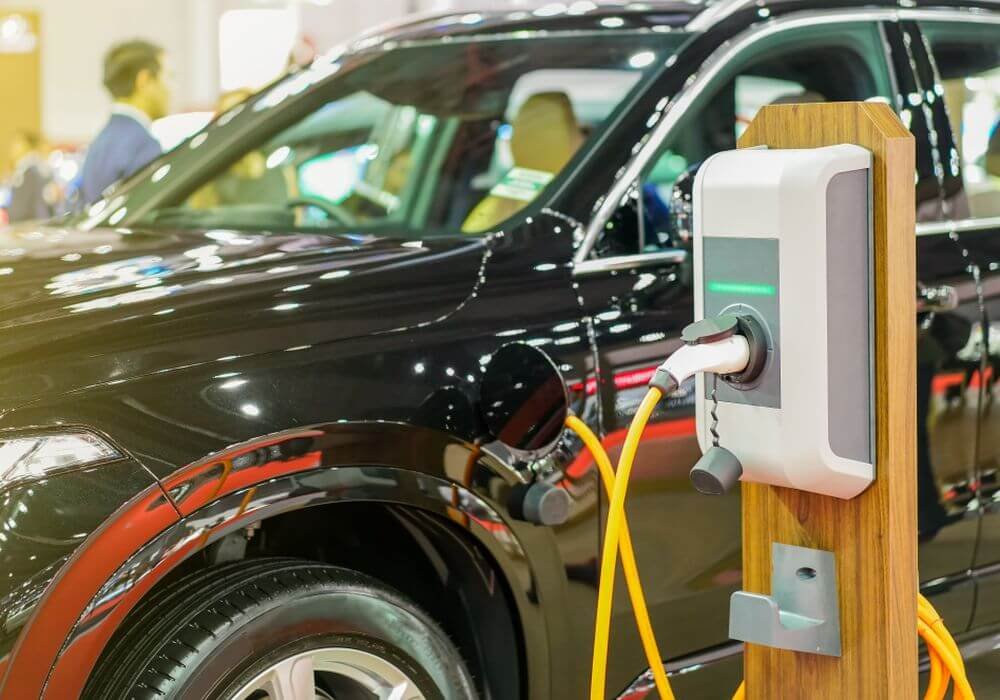In recent times, the Indian automotive sector has experienced a notable transition towards electric mobility, as electric vehicles (EVs) have been gradually gaining traction in the hitherto dominated internal combustion engine (ICE) vehicle market. In the two-wheeler (2W) and three-wheeler (3W) segments, where EVs are quickly gaining market share, this tendency is most noticeable.
Two-Wheeler Market: 9.1% EV Penetration
The most recent data indicates that in March 2024, the overall EV penetration rate in the Indian 2W market was 9.1%. Given that established 2W manufacturers like Hero MotoCorp, TVS Motor, and Bajaj Auto have all made progress in growing their EV offerings, this is a substantial improvement over prior years.
Hero MotoCorp, the market leader, still gets most of its sales from internal combustion engine vehicles (ICE), although as of March 2024, its electric vehicle division contributed 0.9% of its total sales. With 10.5% and 9.9% of their sales being ascribed to EVs, respectively, TVS Motor and Bajaj Auto, on the other hand, have demonstrated a stronger commitment to electric transportation. This suggests that these big players are clearly moving toward electric two-wheelers.
Newcomers to the EV industry, like Kinetic Green, Ather Energy, and Ola Electric, have also contributed significantly to the increasing EV market share in the 2W class.
Three-Wheeler Segment: Electrification Progressing Rapidly
There has been an even more noticeable shift toward electrification in the three-wheeler market. Overall, electric vehicle penetration in the passenger 3W auto (L5) category was 24.3% as of March 2024, while the cargo 3W auto (L5) segment had an astounding 45% penetration rate.
Leader of the pack in the 3W market, Bajaj Auto, sold 9% more EVs than any other company. Piaggio Vehicles trailed closely after, with electric vehicles accounting for 40.4% of its 3W passenger car sales. Mahindra Last Mile Mobility, on the other hand, excelled, with an astounding 92% of its 3W passenger car sales being electric.

Even though their contributions have been lesser, other companies, including TVS Motors, MLR Auto, and Atul Auto Ltd., have also made notable progress in the EV sector. With all of their 3W sales being electric, TI Clean Mobility and Omega Seiki particularly shone out, demonstrating the segment’s expanding electrification trend.
Elements Influencing the Transition to Electric Vehicles
There are a number of reasons why electric vehicle adoption is rising in the 2W and 3W segments, including:
- Increasing the cost of ownership: An electric 2W bought in 2024 would be more than 40% less expensive to own over the course of five years than its ICE counterpart, according to the IEA Global EV Outlook 2024.
- Policies and financial incentives from the government: The Indian government has supported the adoption of EVs with financial incentives and initiatives like the FAME II scheme and the recently announced Electric Mobility Promotion Scheme 2024.
- Technological developments: Enhancements to vehicle performance, charging infrastructure, and battery technology have boosted consumer confidence and improved the allure of electric vehicles (EVs).
Electric mobility is expected to become more prevalent in India’s transportation system as the nation’s automotive sector develops, according to patterns seen in the 2W and 3W categories.